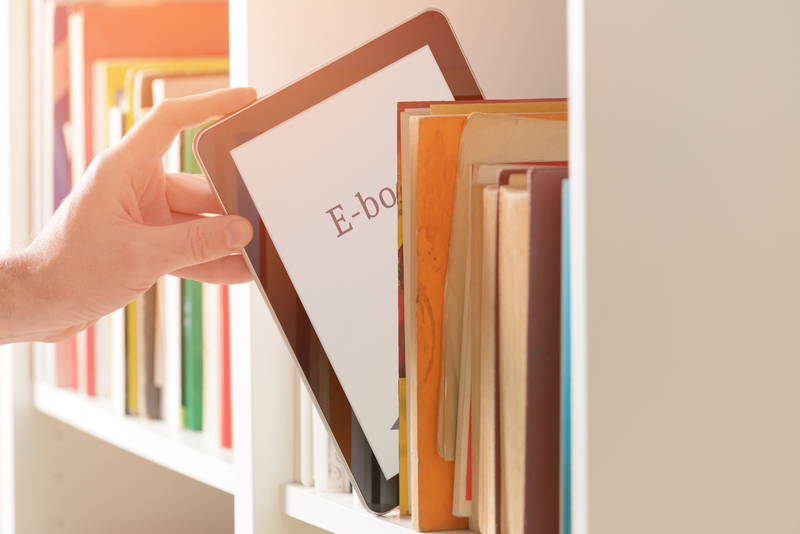How to Make eBooks

In learning how to make eBooks, I quickly discovered that the formatting of the entire book can be problematic. Most people like eBooks because they can change the size and look of the font to suit their tastes. This works great if your book is mostly text, such as in the case of a novel.
But if your book has charts and tables in it, these don't stand up well to changing font sizes or the small screen space on an e-reader such as a Nook or Kindle. The solution for books with lots of table and graphs is either sell the book as a PDF from your website or format the eBook file to make it static.
How to Make Ebooks: Two Formats
There are two types of styles that can be used when creating an eBook.
- The first style is a “reflowable” style.
- The second type is fixed or static.
Reflowable E-book Styles
A reflowable style, the most common eBook format, allows the text and images in a book to “flow” with changing device settings. So for instance, if your customer's e-reader has the font set to Arial 18 point (a large setting), your eBook would adjust itself to that setting and “flow” the text differently.
Because the text will flow across forward depending on the font size, page numbers are useless and are not included. The same goes for footnotes and endnotes. Hence, reflowable eBooks are usually set up with a clickable linked table of contents.
But as mentioned, because of this adaptable nature, certain formatting that looks great in a print book won’t translate well to an flowable eBook. For instance, the print book translation to an eBook may lose special font support, exact spacing constraints, and the placement of images, tables and sidebars will be deformed. In addition, lines, boxes, and area shading are not supported in a reflowable design. The solution on how to make eBooks that don't "reflow" well is to create that type of eBook in a fixed format.
Fixed E-book Styles
A fixed eBook is essentially a static document, similar to a PDF. It will look very similar to its associated print-formatted book interior. Children’s books, art and photography books, and other complex or heavily formatted books are usually set as fixed eBooks.
Hence, you can see why rates for eBook designs depend on the project details. The type of book, and whether it has already been designed for print-on-demand, and the author’s vision for how the eBook make a difference in the time and effort it will take to format the eBook.
Paths to eBook Publishing
There are at least two paths one can take to go about creating an eBook file.
The first path is to have the eBook created as a secondary product of formatting a manuscript for a print-on-demand book. This means the e-book would be created from the Adobe Indesign file generated for the print book, but with some changes to the file. This is the natural path if you choose to offer you book in both print and eBook formats.
The second way is to skip the print format or do only an eBook format in Indesign. One could also go directly to creating an eBook exclusively from the original Word document. If you plan to only offer eBooks, this can be an easier path.
eBook Covers
eBooks and PDF book files only require a front cover. If you have both a print and eBook version of your book, the front cover for the eBook can be lifted from the total cover file for the print book.
eBook Styling
Although eBooks don't require page numbers and headers, they do need styling. Learning how to make eBooks includes clearly defining your book elements for the reader, so that the book is not just one big text file with no differentiation. For instance, each chapter should have a page break where it ends, so that next chapter is clearly defined. Or if you have included quotes in your book, you'll want to format them so they stand apart.
In addition, learning how to make eBooks means learning about hard returns, text alignments and various font sizes and faces. These elements can be defined so that the eBook is easier to read.
Finally, you'll want to make sure the images are set up correctly as well. If you want the text to wrap around an image, that has to be set in the styles.
